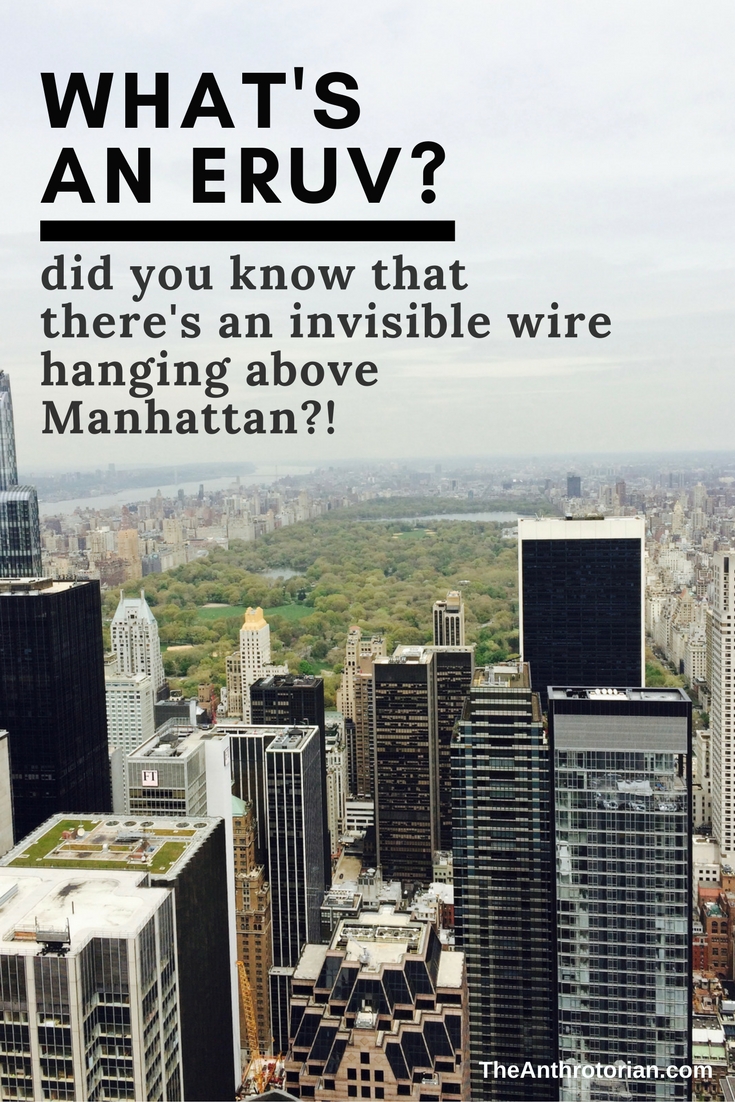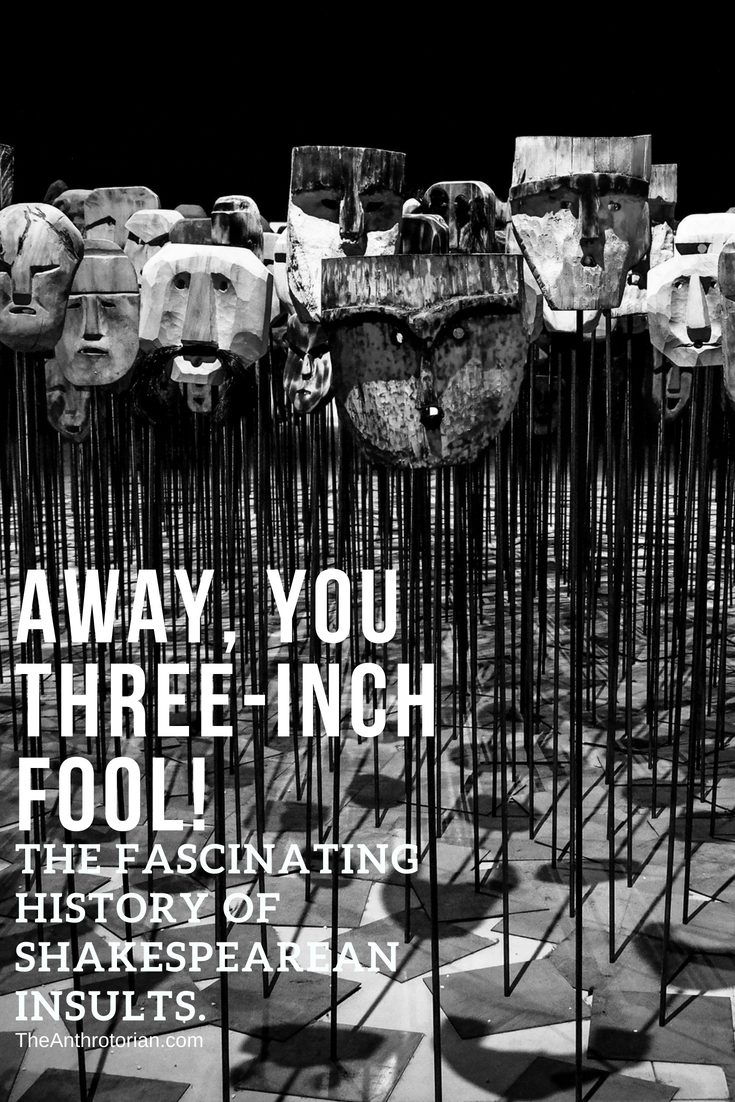In and above the hot, deep canyons of the Sierra Madre Occidental in Mexico live the Tarahumara. They are the largest indigenous group in North America and have lived in isolation since the 16th century when they moved there to evade Spanish conquers.
Often referred to as a “stone age” culture, money and material things don’t seem to matter to them.
What does matter? Running.
The Tarahumara have extraordinary endurance and can run hundreds of miles without getting injured or having to stop for rest.
In 1928, these amazing runners were first introduced to the world at the Olympic Marathon. After blowing away the competition, the Tarahumara famously commented that the race was not long enough. In 1992, they were introduced to the Ultra marathon scene in Leadville, Colorado and have been prominent and mysterious figures at endurance races ever since.
What makes the Tarahumara so fascinating?
The fact that they seem to do everything against what we have conventionally been taught is the correct way to run. They drink alcohol during a race, they don’t use gel packs or special snacks to maintain their blood sugar, and they wear a flimsy sandal, called a huarache, instead of state of the art running shoes.
This then begs the question: If the Tarahumara can run incredibly long distances in nothing but a flimsy sandal and not get hurt, then why are we spending millions of dollars on running shoes?
I was first introduced to the Tarahumara when reading the book Born to Run by Christopher McDougall. In this book, McDougall explores this question through extensive research into the running, scientific, and archeological worlds. He takes you through his findings and his questions, in the process discovering that there is no actual research to support that wearing running shoes is actually better for you than running barefoot.
“I began drilling into running-shoe research, and the further I went, the less I found. There’s nothing there. Nothing. No evidence whatsoever that running shoes do anything. Know why you’ve never seen an ad for a running shoe that actually tells you what the shoe will do? Because there is no evidence that running shoes do anything to prevent injuries. None. In fact, research currently in progress indicates that runners in shoes experience far more impact than runners in bare feet.”
I am not sure if I will be running barefoot any time soon, but as someone who experiences pain when running long distances, McDougall and the Tarahumara have definitely given me something to think about.
Check out the links below to learn more about the Tarahumara and the barefoot running debate
A People Apart by Cynthia Gorney (National Geographic, September 2008)
Christopher McDougall
Click here to see shoes that mimic the barefoot running experience
Help the Tarahumara
— Looking for running gear? Hover here for more info —



















